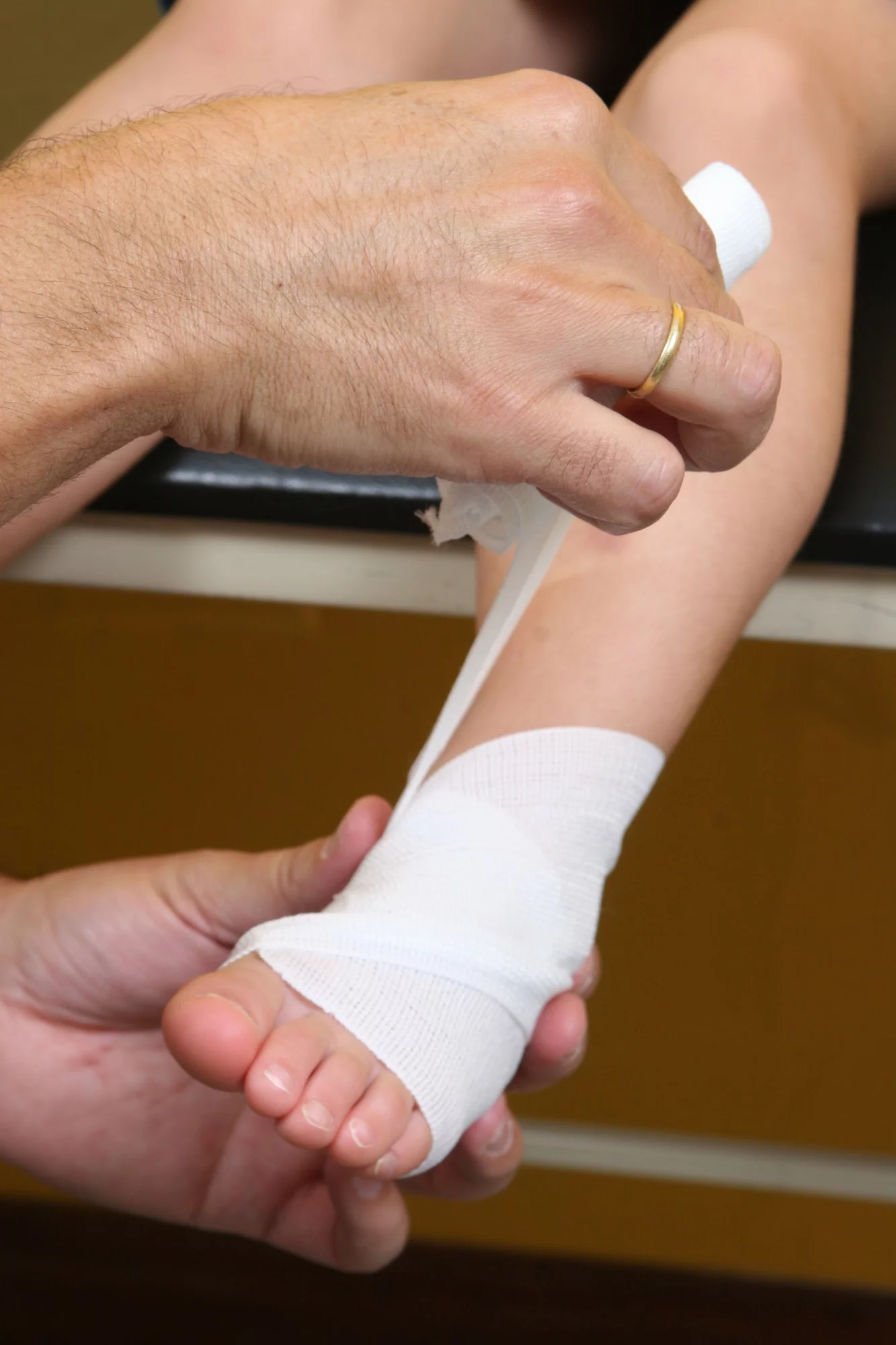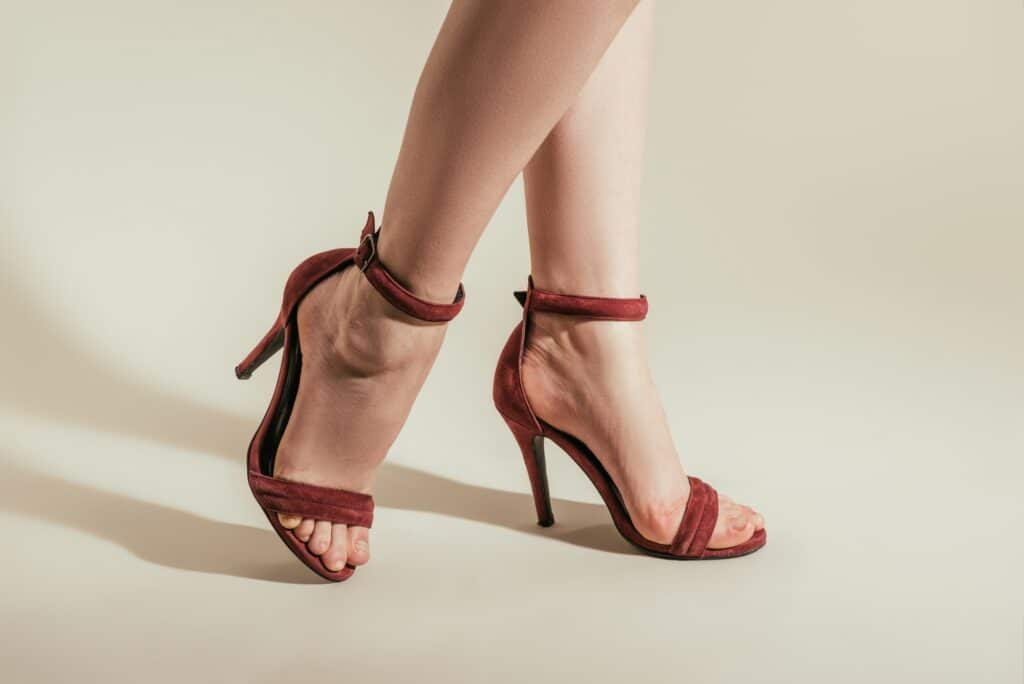High Arched Foot
The arch of the foot is an area along the bottom of the foot between the ball and the heel. It provides a base for posture and balances the weight and bone structure. High arches, also called cavus foot, are a painful condition that can lead to structural problems in the body. High arches usually manifest in the teenage years.
Causes of High-Arched Foot
High arches could be genetic and could run in families. They can also be caused by neurologic disorders or other medical conditions, like cerebral palsy, Charcot-Marie-Tooth disease, spina bifida, polio, etc. The underlying cause of the high arch disorder has to be diagnosed to form an optimum treatment plan.
Symptoms of High-Arched Foot
- Pain in feet when walking, standing, exercising, or playing sports.
- Shoes do not fit well.
- Length of feet gets shorter.
- Toes are claw like and bent.
- Heel tilts in, causing loss of balance.
- Formation of callus on the ball of the foot, side, or heel.
Problems caused by high arches
High arches, if they are severe, can cause a lot of painful foot conditions, as they affect posture and gait. Some common problems and conditions include:
Plantar fasciitis
Overuse or trauma to the plantar fascia, the band of ligament that connects the heel to the toes, can cause pain and inflammation. This condition is called plantar fasciitis. It is usually along the heel but can affect the bottom of the entire foot or the arch.
Metatarsalgia
This is a painful inflammation of the ball of the foot which gets triggered when standing or walking and subsides when at rest. The pain can become worse over time and can cause a limp and compensation pain in other parts of the body, like lower back and hips.
Claw toes
This is a foot deformity where the toes take on a claw-like position and dig down into the soles of the shoes. It often affects the four smaller toes. Painful calluses can develop on the balls of the foot and top of the toes. It can cause foot pain and affect gait.
Hammer toe
This is another foot deformity caused by high arches that affects the second, third, or fourth toes. The toe bends at the middle joint and in time, can become rigid and require surgery.
Foot and ankle instability
In people with high arches, one or both heels tilt toward the middle of the body causing foot and ankle instability, increasing the risk of ankle sprains.
High arches are fairly common and may not need any intervention unless they cause pain, inflammation or affect movement. If that is the case, it is better to see a podiatrist and get medical help. Treatments to treat high arches can include physical therapy, orthotics, and customized support devices. Surgery will be considered only in extreme cases.



